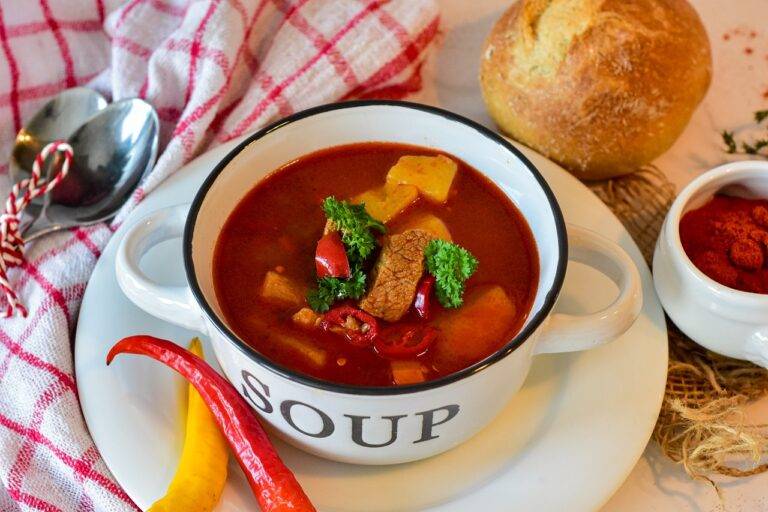The Influence of Trade Routes on Global Food Exchange
Trade routes have long played a significant role in shaping the global exchange of food. These routes provided a means for different regions to trade their unique culinary offerings, leading to the spread of new ingredients, cooking techniques, and culinary traditions. The exchange of food along trade routes not only satisfied the demand for exotic flavors but also promoted cultural exchange and understanding among diverse societies.
From the ancient Silk Road connecting the East and West to the maritime routes crisscrossing the Mediterranean, trade routes have facilitated the movement of spices, fruits, grains, and other food products across continents. The Silk Road, in particular, played a crucial role in the global food trade by connecting the markets of China, Central Asia, the Middle East, and Europe. This interconnected network of trade routes not only enabled the exchange of silk and other goods but also transformed the culinary landscape by introducing new ingredients and culinary practices to different regions.
Early Trade Routes and Their Impact on Food Exchange
Trade routes in ancient times played a crucial role in facilitating the exchange of food among different regions. These routes, whether by land or sea, were essential in connecting distant civilizations and fostering the dissemination of culinary traditions. Through the Silk Road and other early trade networks, spices, grains, fruits, and other food items were transported across vast distances, enriching the diets of people across continents.
The impact of these trade routes on food exchange was profound, leading to the introduction of new ingredients and cooking techniques to regions that previously had limited access to them. The exchange of food staples such as rice, wheat, and spices not only diversified diets but also sparked cultural exchange and innovation in culinary practices. As trade routes expanded and evolved, the interconnectedness of different societies through food exchange laid the foundation for the globalization of cuisine and the development of diverse culinary traditions.
The Silk Road and Its Role in Global Food Trade
The ancient Silk Road played a pivotal role in the global exchange of food. Originating in China, this extensive network of trade routes facilitated the movement of goods, including spices, fruits, and grains, across Asia, Africa, and Europe. The interaction and exchange of culinary traditions along the Silk Road not only enriched the diets of people in different regions but also contributed to the spread of culinary knowledge and techniques.
Traders traveling along the Silk Road not only brought exotic foods to new territories but also introduced innovative agricultural practices. For example, the introduction of techniques like irrigation and crop rotation enabled regions to cultivate a wider variety of crops and improve agricultural productivity. Additionally, the exchange of food items led to the blending of flavors and ingredients, creating unique dishes that reflected the diverse cultural influences along the Silk Road.






